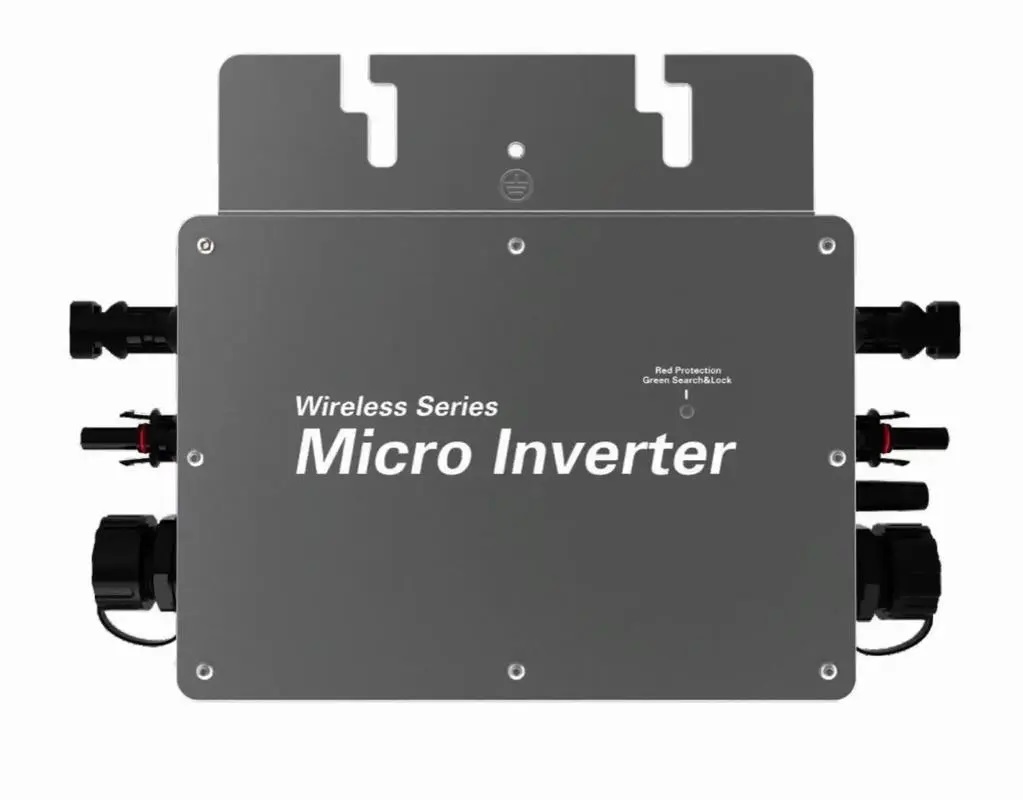Email Us :
labcompanion@outlook.com-

-

Requesting a Call :
+86 18688888286
Ac Solar Modules & Microinverters 3

Ac module test method:
1. Output performance test: The existing module test equipment, for the non-inverter module related testing
2. Electrical stress test: Perform temperature cycle test under different conditions to evaluate the inverter's characteristics under operating temperature and standby temperature conditions
3. Mechanical stress test: find out the micro inverter with weak adhesion and the capacitor welded on the PCB board
4. Use a solar simulator for overall testing: a steady-state pulse solar simulator with large size and good uniformity is required
5. Outdoor test: Record module output I-V curve and inverter efficiency conversion curve in outdoor environment
6. Individual test: Each component of the module is tested separately in the room, and the comprehensive benefit is calculated by the formula
7. Electromagnetic interference test: Because the module has the inverter component, it is necessary to evaluate the impact on EMC&EMI when the module is running under the sunlight simulator.
Common failure causes of AC modules:
1. The resistance value is incorrect
2. The diode is inverted
3. Inverter failure causes: electrolytic capacitor failure, moisture, dust
Ac module test conditions:
HAST test: 110℃/85%R.H./206h(Sandia National Laboratory)
High temperature test (UL1741) : 50℃, 60℃
Temperature cycle: -40℃←→90℃/200cycle
Wet freezing: 85℃/85%R.H.←→-40℃/10cycles, 110 cycles(Enphase-ALT test)
Wet heat test: 85℃/85%R.H/1000h
Multiple environmental pressure tests (MEOST) : -50℃ ~ 120℃, 30G ~ 50G vibration
Waterproof: NEMA 6/24 hours
Lightning test: Tolerated surge voltage up to 6000V
Others (please refer to UL1703) : water spray test, tensile strength test, anti-arc test
Solar related Modules MTBF:
Traditional inverter 10 ~ 15years, micro inverter 331years, PV module 600years, micro inverter 600years[future]
Introduction of microinverter:
Instructions: Micro inverter (microinverter) applied to the solar module, each DC solar module is equipped with a, can reduce the probability of arc occurrence, microinverter can directly through the AC power output wire, direct network communication, Only need to install a power line Ethernet Bridge (Powerline Ethernet Bridge) on the socket, do not need to set up another communication line, users can through the computer web page, iPhone, blackberry, tablet computer... Etc., directly watch the operating state of each module (power output, module temperature, fault message, module identification code), if there is an anomaly, it can be repaired or replaced immediately, so that the entire solar power system can operate smoothly, because the micro inverter is installed behind the module, so the aging effect of ultraviolet on the micro inverter is also low.
Microinverter specifications:
UL 1741 CSA 22.2, CSA 22.2, No. 107.1-1 IEEE 1547 IEEE 929 FCC 47CFR, Part 15, Class B Compliant with the National Electric Code (NEC 1999-2008) EIA-IS-749(Corrected major application life test, specification for capacitor use)
Micro inverter test:
1. Microinverter reliability test: microinverter weight +65 pounds *4 times
2. Waterproof test of micro-inverter: NEMA 6[1 meter continuous operation in water for 24 hours]
3. Wet freezing according to IEC61215 test method: 85℃/85%R.H.←→-45℃/110 days
4. Accelerated life test of micro-inverter [110 days in total, dynamic test at rated power, has ensured that micro-inverter can last more than 20 years] :
Step 1: Wet freezing: 85℃/85%R.H.←→-45℃/10 days
Step 2: Temperature cycle: -45℃←→85℃/50 days
Step 3: Humid heat: 85℃/85%R.H./50 days